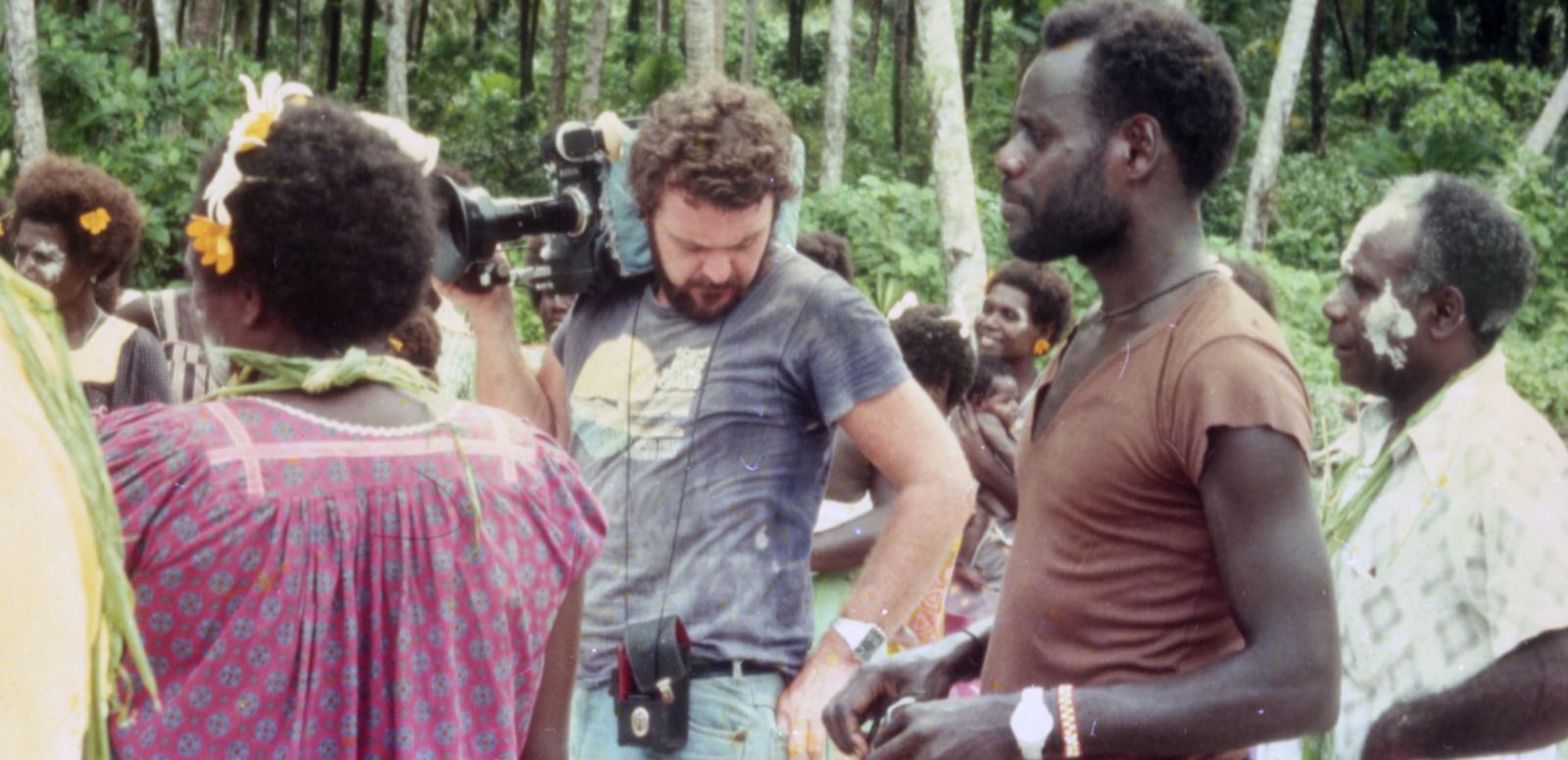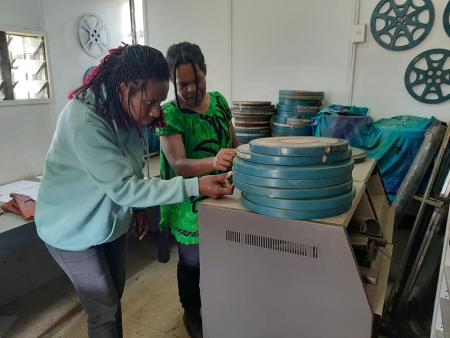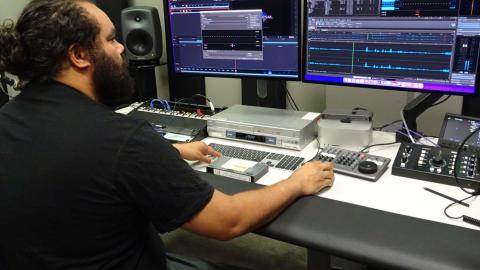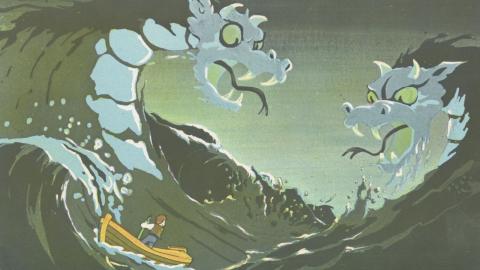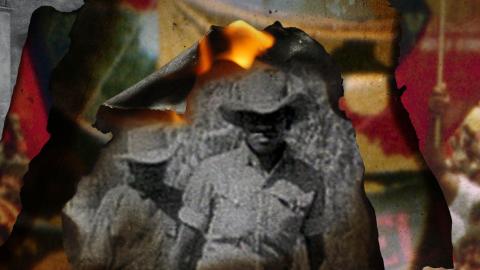The NFSA and the National Film Institute (NFI) of Papua New Guinea (PNG) have co-designed a project to assist the NFI with preserving and storing their film archive, including digitising and returning at-risk PNG films.
Tukana – Husat I Asua (Who's to Blame) [1982], Papua New Guinea’s first narrative feature film, has been digitally restored by the NFSA in partnership with Spectrum Films and gifted to the NFI to commemorate 50 years of PNG independence.

